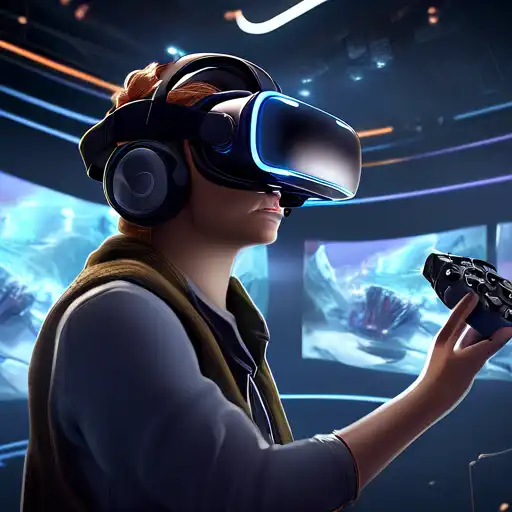Understanding the Complexities of VR Content Development
Virtual Reality (VR) has emerged as a groundbreaking technology, offering immersive experiences that were once the stuff of science fiction. However, developing content for VR presents a unique set of challenges that creators must navigate to deliver compelling and engaging experiences.
Technical Limitations and Hardware Diversity
One of the primary hurdles in VR content development is the technical limitations and the diversity of hardware. Creating content that is compatible across various VR headsets, each with its own specifications and capabilities, requires extensive testing and optimization. This not only increases development time but also costs.
High Production Costs
Developing VR content is significantly more expensive than traditional media. The need for specialized equipment, software, and skilled personnel can drive up production costs, making it a challenging field for independent creators and small studios.
User Experience and Comfort
Ensuring a comfortable and enjoyable user experience is paramount in VR content creation. Issues such as motion sickness and disorientation can detract from the immersive experience, requiring developers to carefully design interactions and movements within the virtual environment.
Content Innovation and Storytelling
VR offers a new medium for storytelling, but it also demands innovative approaches to narrative and interaction. Traditional storytelling techniques may not translate well into VR, pushing creators to explore new methods to engage users in a 360-degree environment.
Overcoming the Challenges
Despite these hurdles, the potential of VR is undeniable. By leveraging advancements in technology and adopting creative solutions, developers can overcome these challenges to create immersive and memorable experiences.
Embracing Cross-Platform Development Tools
Utilizing cross-platform development tools can help mitigate the issues posed by hardware diversity. These tools enable creators to build content that is more easily adaptable across different VR systems, reducing development time and costs.
Focusing on User-Centered Design
Adopting a user-centered design approach is crucial for addressing comfort and usability concerns. By prioritizing the user's experience and feedback, developers can create more intuitive and comfortable VR environments.
Exploring New Narrative Techniques
Innovation in storytelling is key to captivating VR audiences. Experimenting with non-linear narratives and interactive elements can enhance engagement and immersion, setting new standards for digital storytelling.
As the VR industry continues to evolve, so too will the solutions to these challenges. With creativity, perseverance, and technological advancements, the future of VR content development looks promising, offering endless possibilities for creators and users alike.
For more insights into the world of digital media and technology, explore our technology section.
